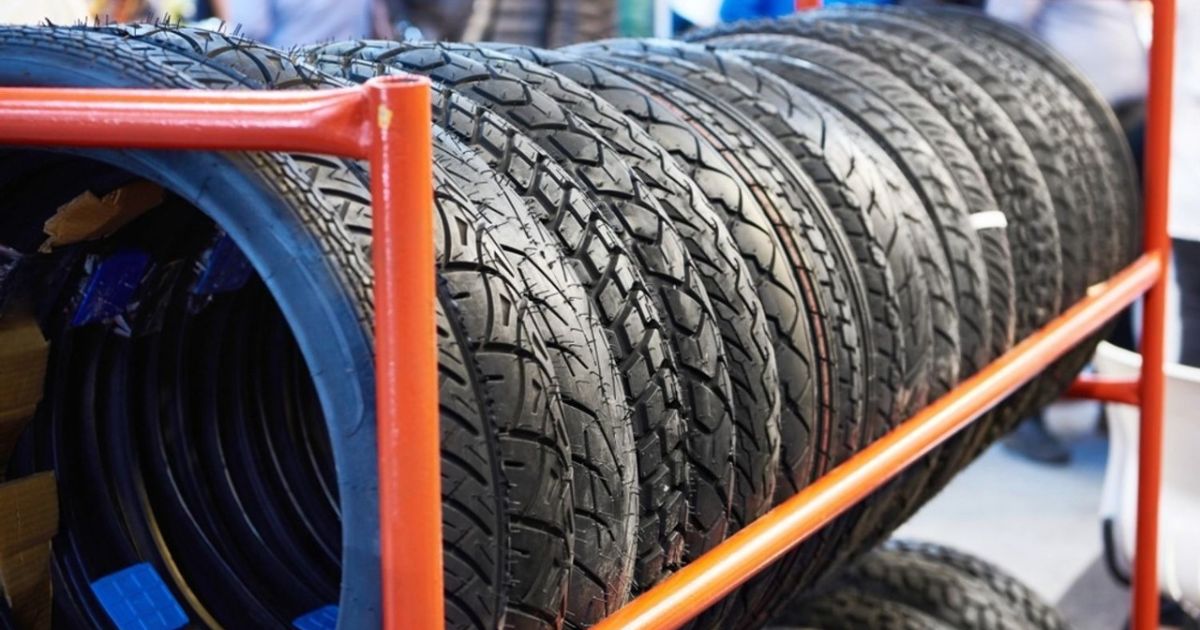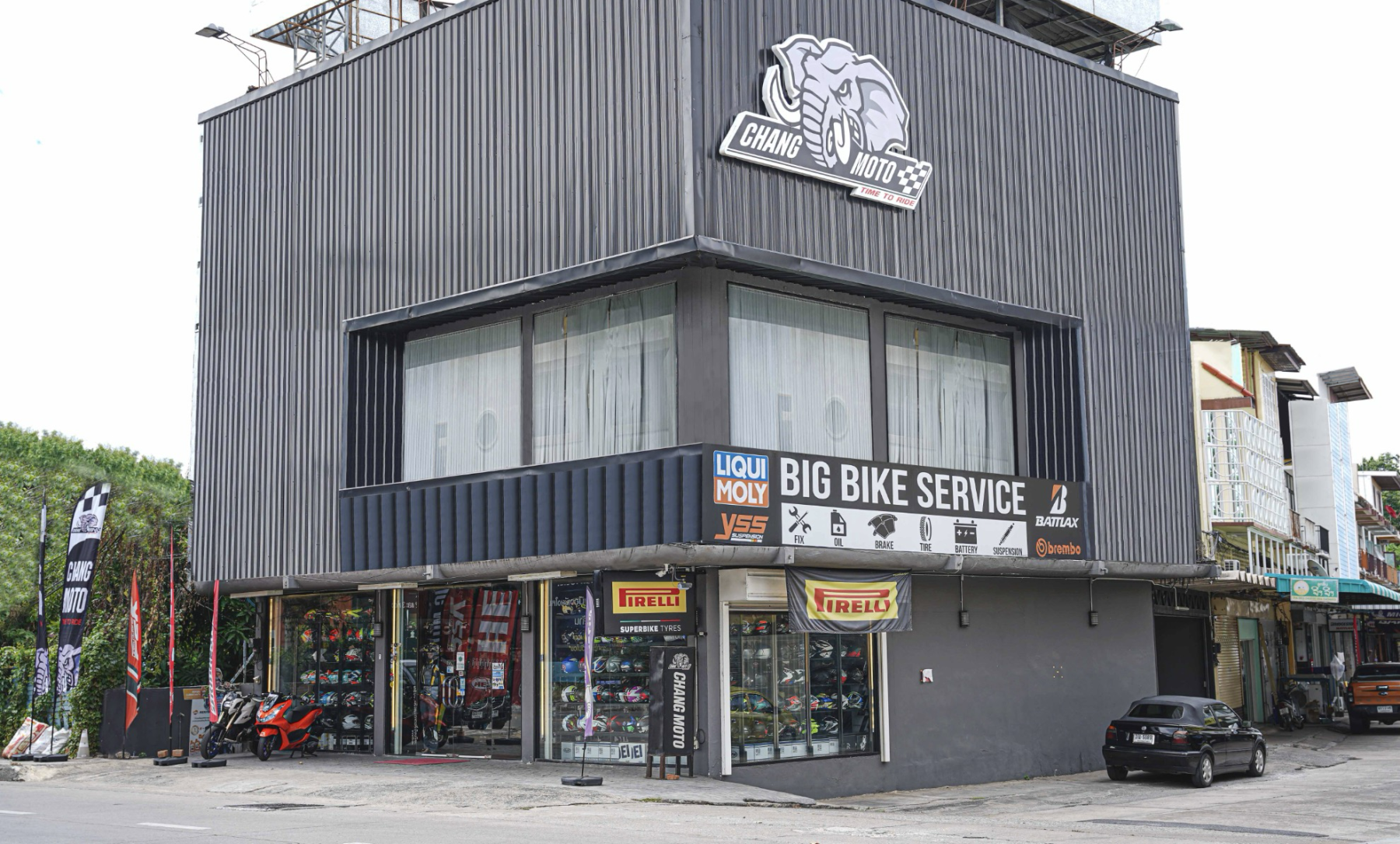
Adventure Bike Guide for Riders Over 40: Choosing Your First Bike
left for contents
Okay, so you’re over 40 and thinking about getting into adventure riding? Maybe you’re like me, starting a bit later in the game with little to no motorcycle experience. If that’s you, you’re in the right place. There’s a ton of advice out there, but a lot of it comes from guys who’ve been riding dirt bikes since they were kids. I wanted to share my perspective as someone who started later in life, at 47 to be exact.
Choosing an adventure bike can feel overwhelming, but I’m here to help you think it through.
And let me tell you, there are a few key things I’ve learned that might surprise you.
- First, don’t let age hold you back – adventure riding is absolutely for us ‘older’ folks.
- Second, when it comes to off-road, lighter is seriously better, like mind-blowingly better.
- And finally, it’s okay to choose a bike with your heart, even if it’s not the most ‘sensible’ choice on paper. Your first bike is a journey of discovery in itself.
Let’s dive into it.
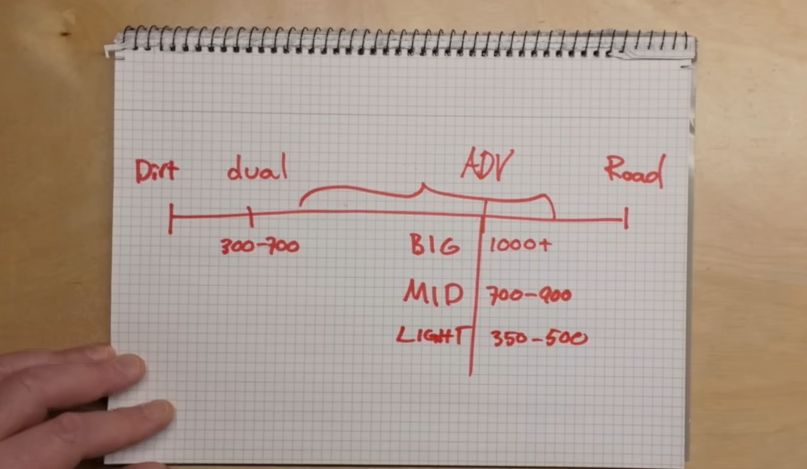
If you’d rather watch this guide, here’s my original video on the topic:
Adventure Bike Choices for the Over 40s
Choosing an adventure bike is not an easy task, especially when you’re starting out a bit later in life. There are so many factors to consider, and honestly, it can feel a bit overwhelming. We are all different, right? We have different body sizes, different budgets, and we live in different places with different riding opportunities. Bike availability also varies depending on where you are in the world – what’s available in the US might not be in Europe or Australia, and vice versa.
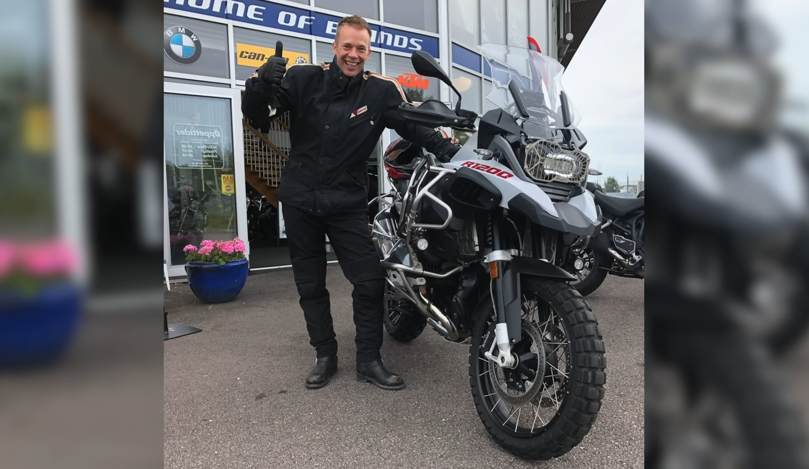
And then there are our ambitions. What do we actually want to do with the bike? Are we dreaming of tackling serious off-road trails, or are we more focused on comfortable long-distance touring with some gravel roads thrown in?
Let’s be honest, many of us have been dreaming about this for a long time. We’re the prime targets for all the cool marketing videos from the big bike brands, showing us what’s possible with these incredible machines. We see Pol Tarres and Chris Birch doing insane things, and it’s hard not to get caught up in that hype.
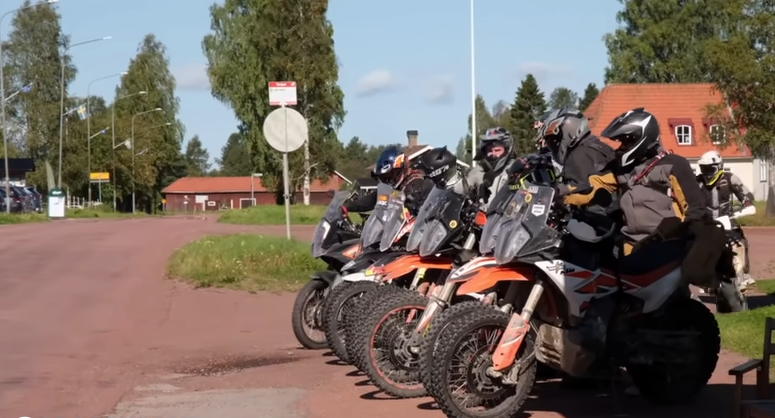
There’s also the peer pressure aspect. Maybe you have friends who are already riding, and they all have a certain type of bike. You want to join them, to fit in, and there’s a temptation to just get the same bike as everyone else.
With all of this swirling around, it’s impossible for anyone to just pick the perfect bike for you. But what I can do is help you think through the process a little bit. My goal is to help you reason through these choices so you can make a decision that’s right for you.
Defining Adventure Bike
First, let’s clarify what we even mean by “adventure bike.” It’s a pretty broad term, but for me, it means a bike that’s capable of taking me to far-off places, at least on multi-day trips. I want to be able to load it up with luggage, and I want to be able to handle rugged roads and some degree of off-road riding. Not necessarily hardcore single-track, but definitely more than just smooth pavement.

The Motorcycle Spectrum: From Dirt to Road
To understand the options, let’s think about a spectrum of bikes. On one end, we have dirt bikes. These are machines built purely for dirt, and often for competition. On the other end, we have road bikes, designed for 100% asphalt. And in between, there’s a whole range of bikes that blend off-road and road capabilities.
Moving from the dirt bike side towards the road, we first encounter dual-sport bikes. These are typically in the 300cc to 700cc range and are often single-cylinder machines that look a lot like enduro bikes. Popular examples include the Honda CRF300L and the Kawasaki KLX300 (though I believe the KLX300 isn’t available in Europe). There are also larger dual-sports like the KTM 690 Enduro R, Husqvarna 701 Enduro, and my own AJP PR7.
Honda CRF300L
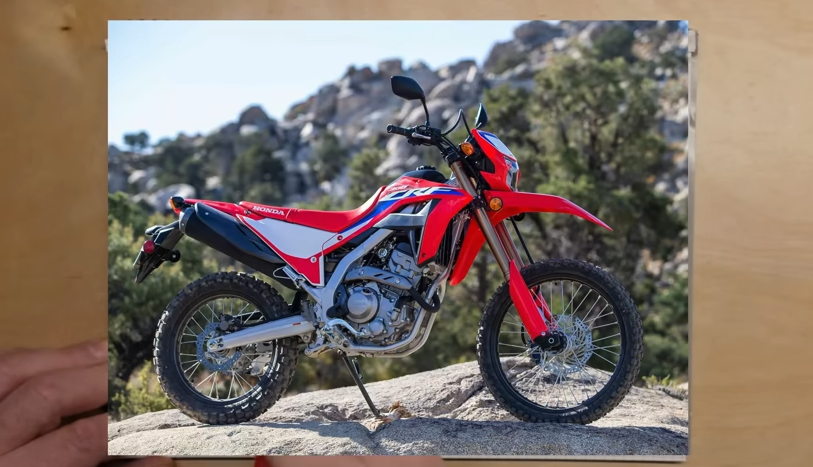
Kawasaki KLX300

KTM 690 Enduro R
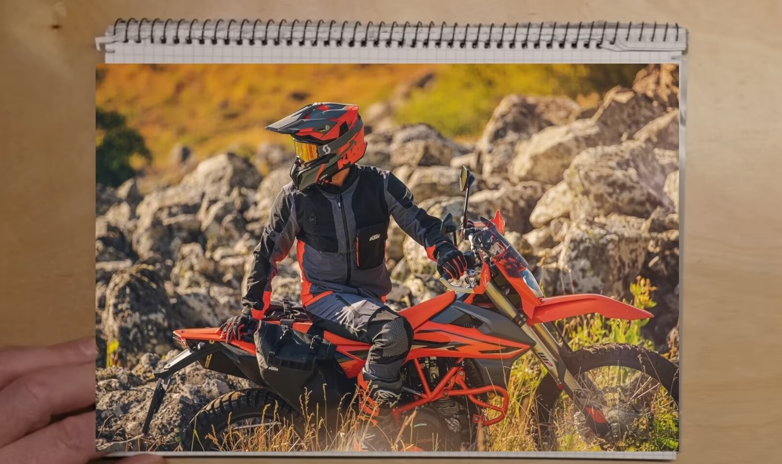
Husqvarna 701 Enduro
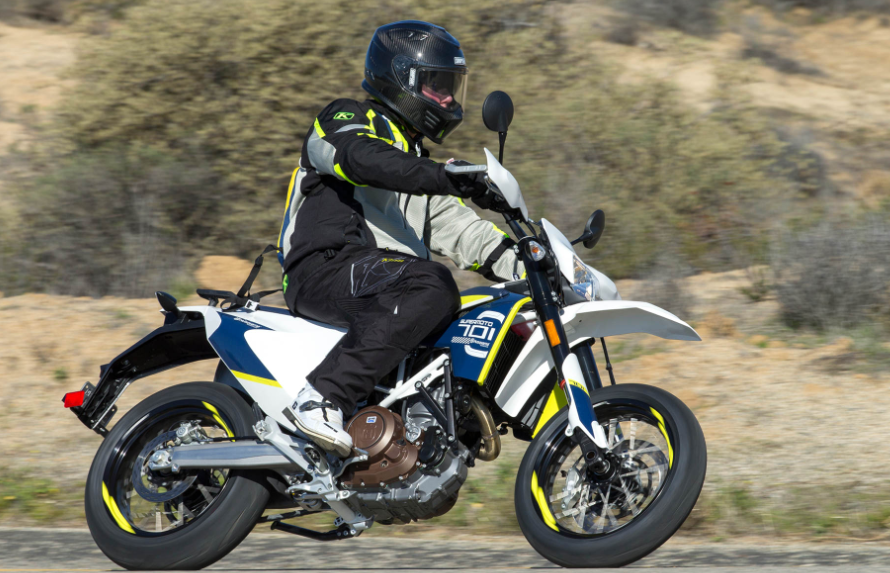
AJP PR7

Then, coming from the road bike side, we have the adventure bikes, or ADV bikes. This category is quite broad, ranging from bikes with just a little off-road capability to those that are surprisingly capable in the dirt. Within the ADV category, we can further break it down into big ADV bikes, mid-size ADV bikes, and a newer category that’s really gaining traction: light ADV bikes.
Big ADV Bikes
Let’s start with the big ADV bikes. These are typically 1000cc and up, and they weigh in at 240 kilos (around 530 pounds) or more. They are powerful, packed with electronics, and designed for comfort. Think cruise control, traction control, electronic suspension – all the bells and whistles. These are bikes like the BMW GS 1300 Adventure, KTM 1290 Super Adventure, and Ducati Multistrada V4.
BMW GS 1300 Adventure

KTM 1290 Super Adventure
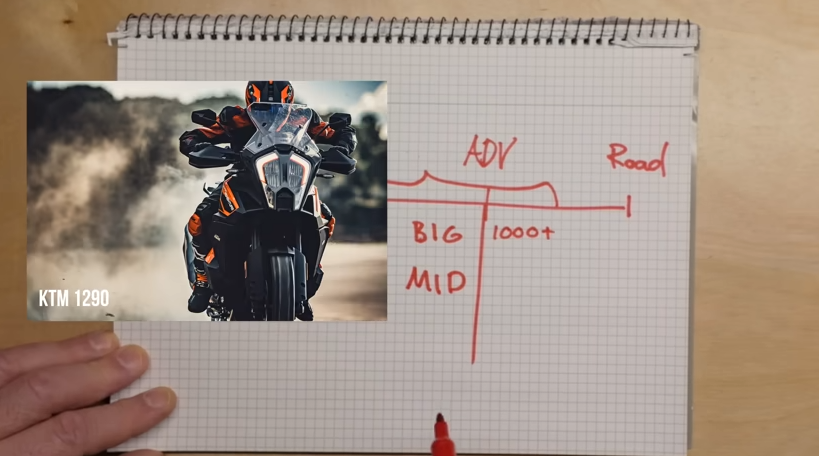
Ducati Desert-X
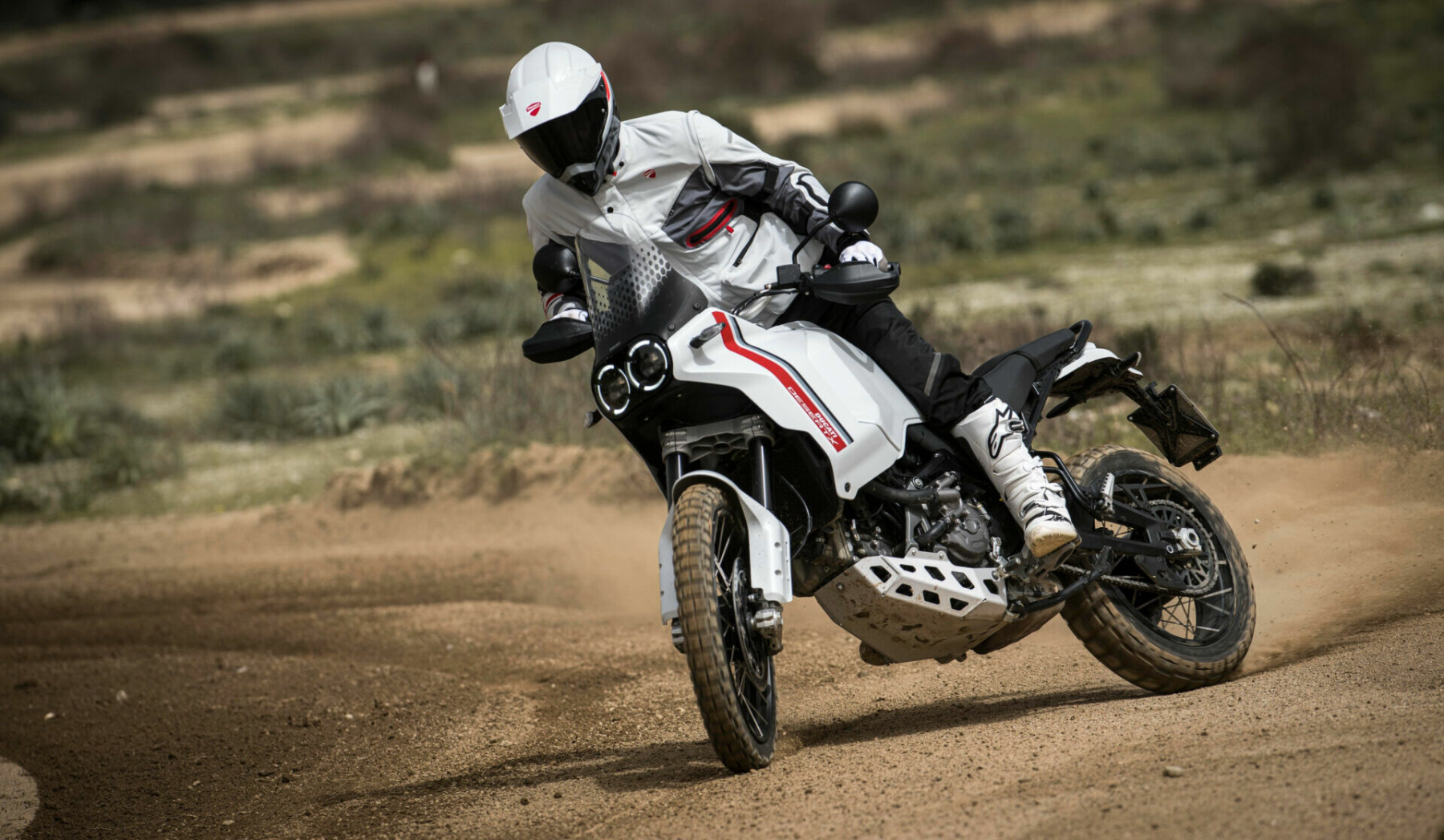
Mid-Size ADV Bikes
Next, we have the mid-size ADV bikes, generally in the 700cc to 900cc range. This is where you find bikes like the Yamaha Ténéré 700 (which I own), the KTM 890 Adventure, Triumph Tiger 900, and BMW F 850/900 GS. These bikes offer a good balance of power, weight, and features, making them versatile for both on-road and off-road riding.
Yamaha Ténéré 700
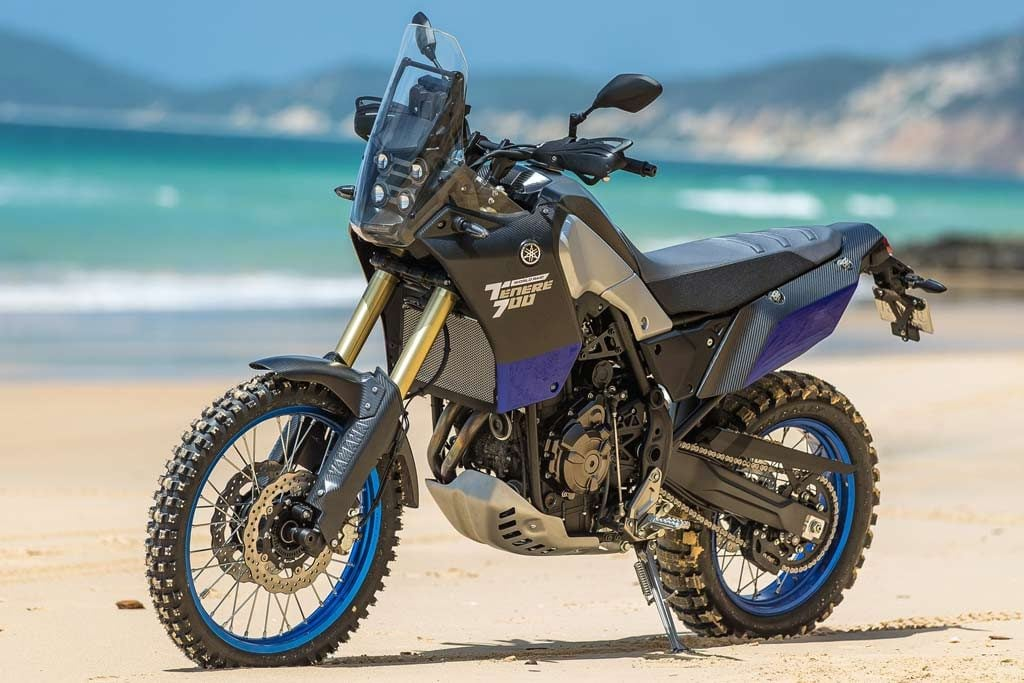
KTM 890 Adventure
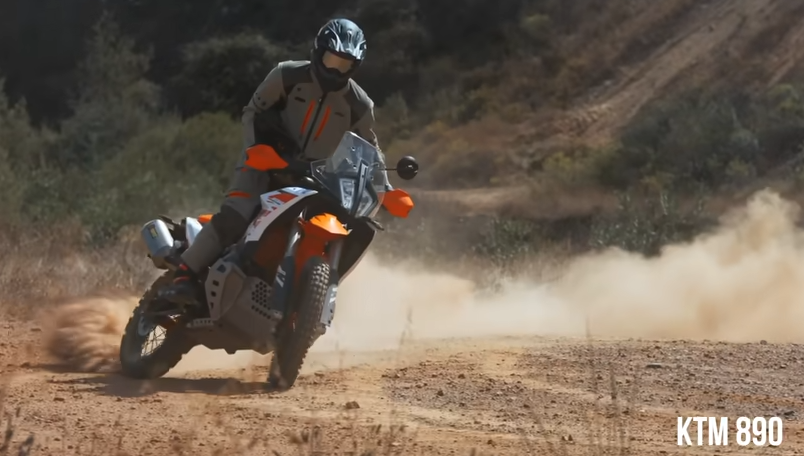
Triumph Tiger 900
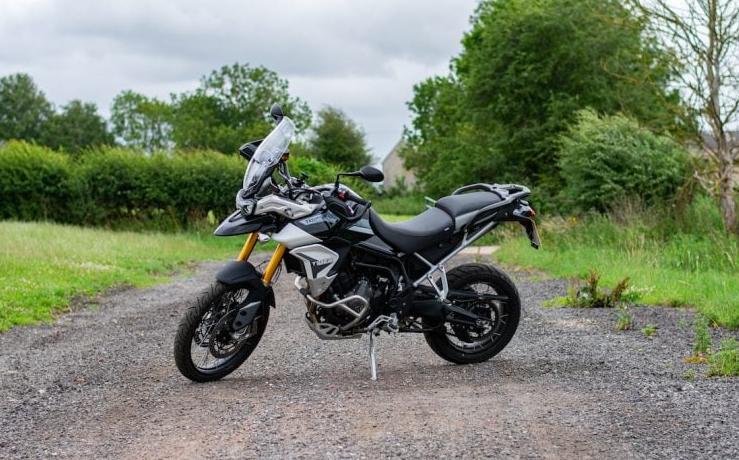
BMW F 850 GS
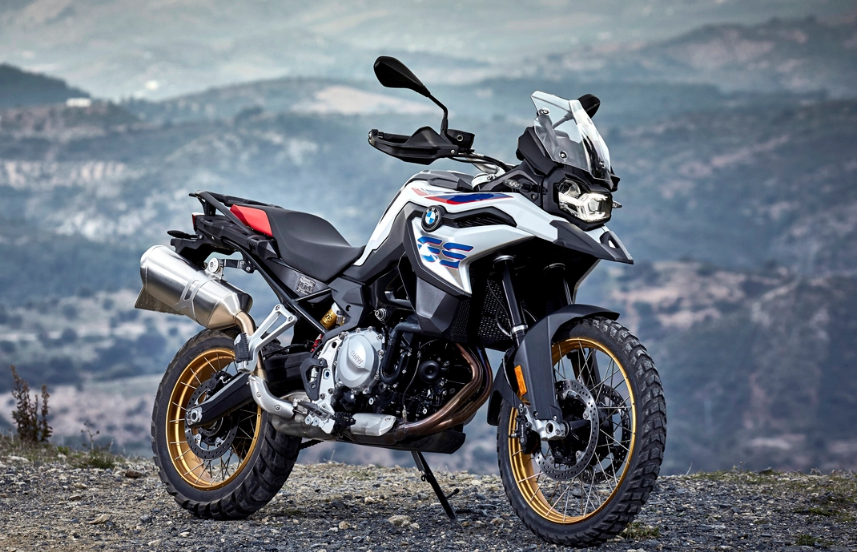
BMW F 900 GS

Light ADV Bikes
A really exciting trend right now is the rise of light ADV bikes. These are generally in the 350cc to 500cc range. There are a lot of new models coming out in this category. They tend to be simpler, more affordable, and importantly, lighter and smaller than their bigger siblings. Examples include the Royal Enfield Himalayan 450, the CFMOTO 450MT (which is a bit heavier for its class, but still very approachable), and upcoming models like the BMW GS 310 and Aprilia Tuareg 400.
Royal Enfield Himalayan 450
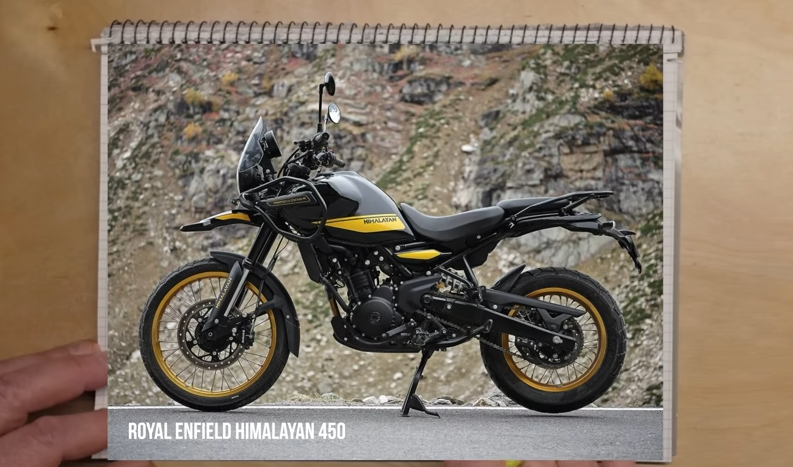
CFMOTO 450 MT
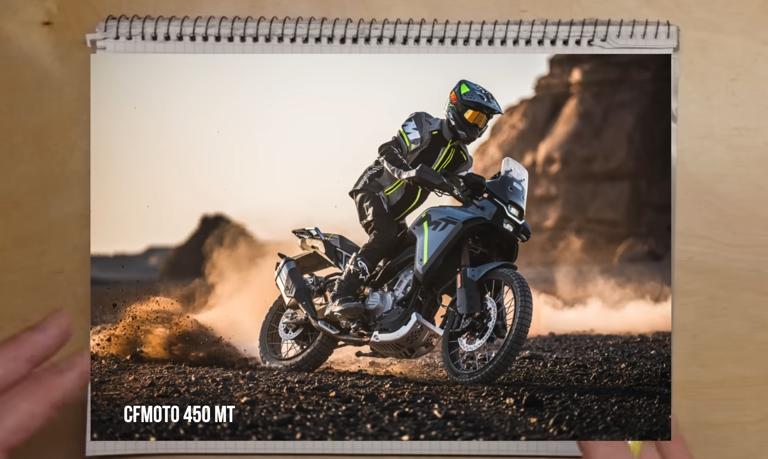
BMW GS 310 (Prototype)
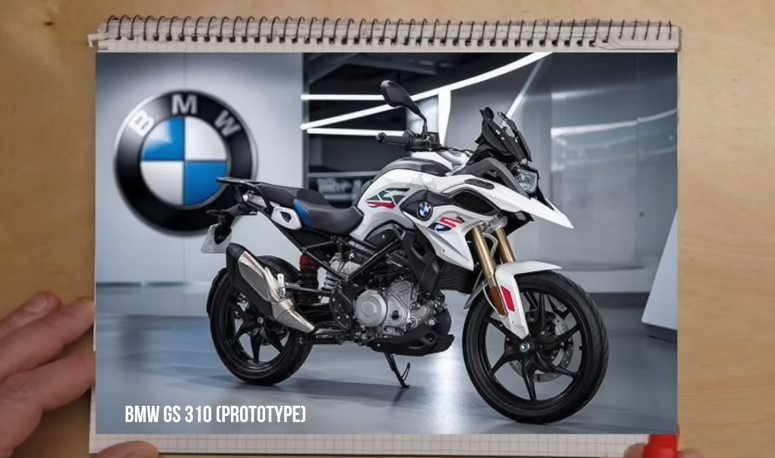
Aprilia Tuareg 457
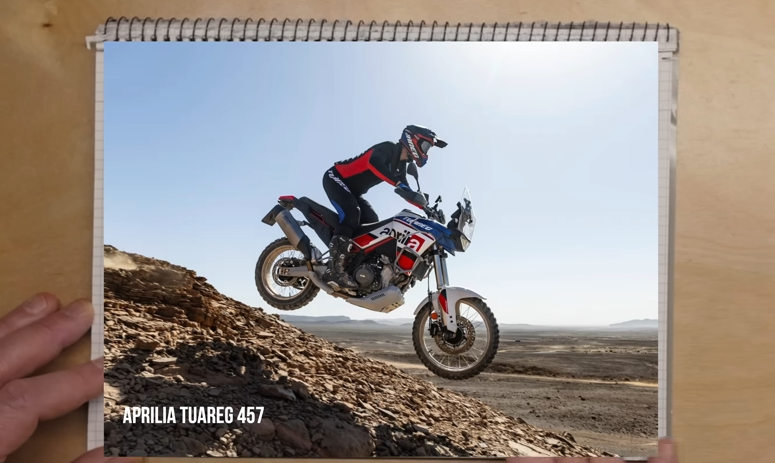
My Personal Bike Philosophy: Light and Maintainable
For my own riding, I’ve ruled out dirt bikes. While some people convert them into adventure bikes, they are really designed for competition. Their engines are built for maximum performance and require very frequent maintenance. Road bikes, obviously, aren’t what I’m looking for either. And while big ADV bikes have a lot of power and features, they also come with a high price tag and a lot of weight.
What I personally focus on is a bike that is as light as possible while still meeting my needs for long-distance travel. I also want a bike that is relatively easy to maintain because I like to work on my bikes myself in my garage, and I enjoy learning about their mechanics.
The Influence Factor: Marketing, Dreams, and Peer Pressure
When it comes to choosing a bike, I think a lot of people today are influenced by external pressures. Marketing, social media, influencers – it all plays a role. I know for a fact that I’ve sold a few Ténéré 700s just through my YouTube channel and sharing my experiences.
My own story is a good example of how influence works. Back in 2017, I watched “Long Way Round,” and they were riding BMW GSs. I also had two friends who were already planning adventures on BMW R 1200 GS Adventures. So, naturally, I ended up getting a BMW R 1200 GS Adventure myself.
We started riding those bikes together, and having the same bike as my friends gave me a sense of belonging and confirmation that I’d made the right choice. I rode the BMW for a year, but I started realizing that I wanted to go off-road more. I was ending up in places where the big GS just didn’t belong. Or, at least, I’d need a team of friends to help me get it unstuck!
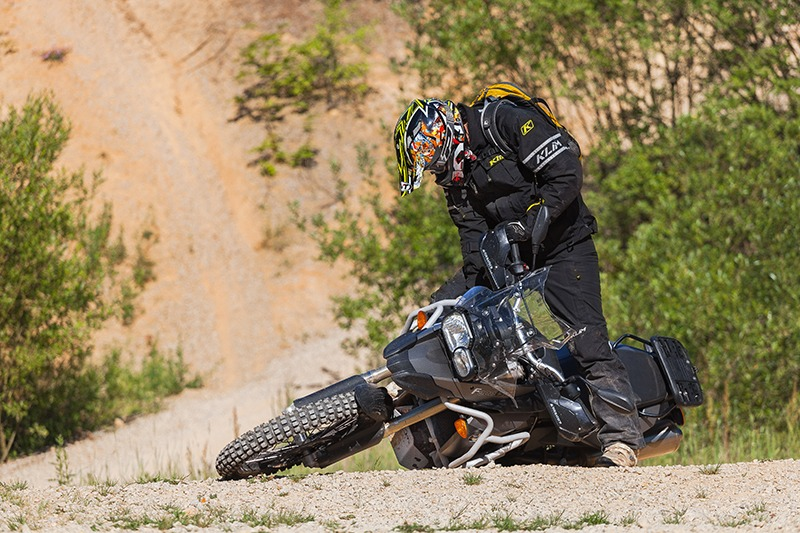
I realized I needed a lighter bike. I didn’t have much experience with enduro bikes or anything like that at the time. The GS was actually the first “off-road” motorcycle I ever owned. Then, when the Yamaha Ténéré 700 came out, I fell in love with it just from the pictures. I ordered one before I even had a chance to test ride it. When I finally got it, it was fantastic. It felt so much lighter and more agile than the GS.
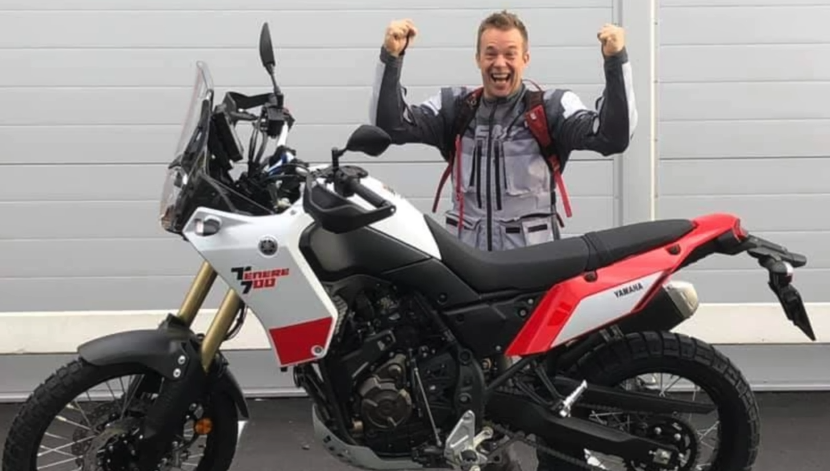
I’ve been having fun on the Ténéré 700 for 83,000 kilometers now. I’ve taken it on very long trips, and it’s been great for that. For long trips, my priority is to get to my destination, so I tend to avoid really challenging off-road sections because of the risk of getting stuck or damaging the bike. I keep the off-road riding relatively mild, but still enjoy exploring rougher roads and trails. The Ténéré 700 has been excellent for that kind of riding.
The Lighter Side: The 500cc Revelation
I have pushed the Ténéré 700 into some pretty challenging places, sometimes even over my head in terms of difficulty. There were times when I thought, “This is it. This is what adventure riding is like. It’s tough, the bike is heavy, and you’re going to be exhausted.”
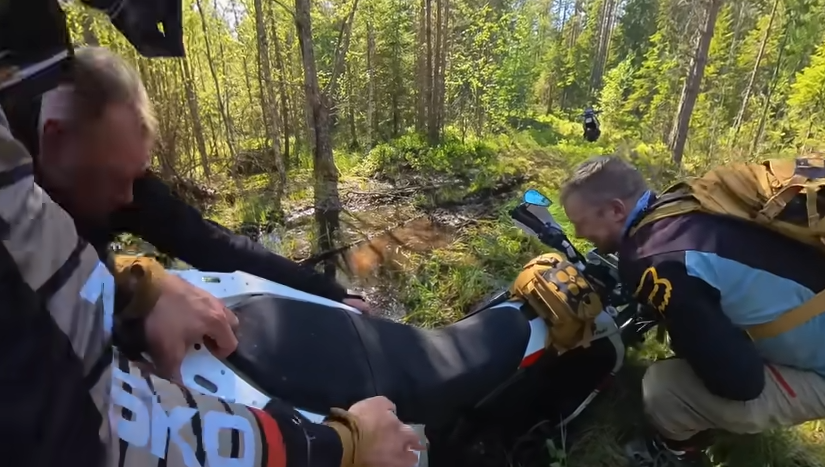
But then, I got invited to ride with my friend Steve, who’s a lifelong biker with tons of experience on enduros and rally bikes.
Steve made a comment that really stuck with me: “It’s always easier with a small bike. You’re never out riding thinking, damn, I wish this bike weighed 100 kilos more.“ It’s so true!
He let me test ride his KTM 500 EXC-F, which weighs just over 100 kilos (around 220 pounds). And it was a revelation. My mind was blown.
I had never had so much fun off-road.
It felt like my riding skills instantly doubled. Suddenly, I could go anywhere. I was riding through places that I had previously thought were impossible, based on my experience with the 200+ kilo bikes. I would just aim for an obstacle, give it some gas, and I was through with no effort.
Riding the KTM 500 was a real eye-opener in terms of how much weight affects your off-road ability. After that experience, I test rode a few other bikes and eventually ended up with the AJP PR7. It looks similar to the KTM 500 in some ways, but there are some key differences.
The AJP is about 40 kilos (almost 90 pounds) lighter than the Ténéré 700, and importantly, the weight is carried much lower, closer to the footpegs.
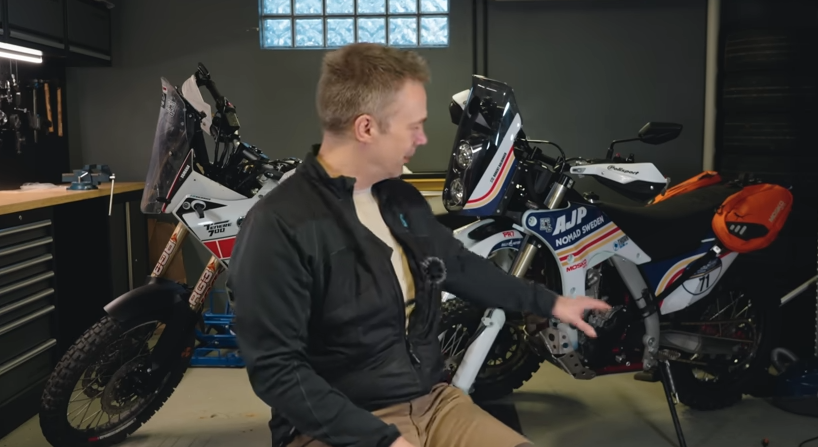
I live in a region where I can’t really use a pure enduro machine like the KTM 500 for everything because of road riding requirements to get to the trails. The AJP PR7 offers a good compromise, being road-legal and still incredibly light and capable off-road.
Mountain Bike Skills: A Transferable Advantage
I have to confess, I had a bit of a head start when it came to off-road skills. For about 3-4 years before getting into adventure riding, I was heavily into mountain biking, particularly downhill and riding in rough terrain. On a 12-15 kilo mountain bike, I learned to move around, to anticipate terrain changes, and to time my movements.

Those skills transferred quite easily to a larger motorcycle. The main difference was the weight, which shifted the timing of everything. But the basic riding position and fundamental skills were already there from mountain biking.
So, I believe that any kind of training on a small two-wheeled machine is incredibly beneficial. Ideally, everyone who wants to get into adventure riding should have a small dirt bike or trial bike to play around with and develop those fundamental skills.
The “One Bike” Reality: Prioritizing Lightness
However, I know that for many people, the reality is wanting to own just one bike for both practical reasons and budget. We buy that one bike, and we want to start riding it, have fun, and learn. Looking back at my own journey, and knowing what I know now, I would say to myself (and to anyone starting out): get the lightest bike that still meets your essential travel requirements.
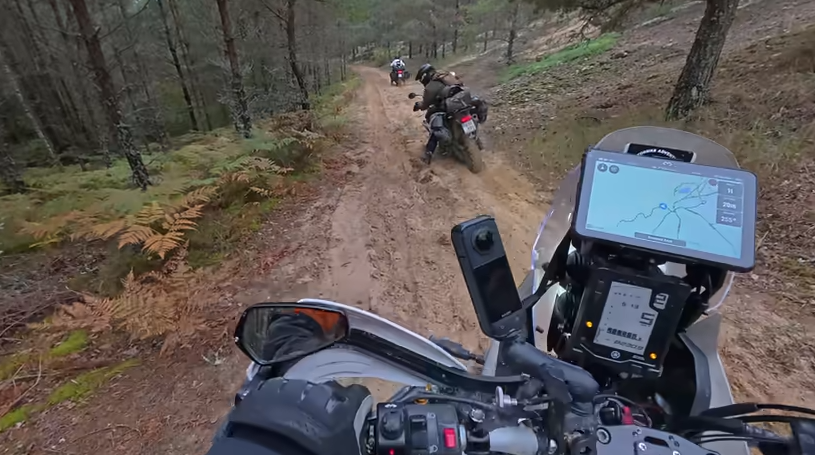
If you plan to ride with a passenger regularly, you’ll need a bike that can handle that, which might mean going a bit bigger. Make sure the bike is comfortable enough for the kind of distances you want to cover, but still aim for something as light and manageable as possible.
Because let me tell you, wrestling with a heavy bike in challenging terrain – sand, mud, single-track, steep loose gravel – can quickly take the fun out of riding.
I remember being alone in some tough spots with my heavier bike, genuinely questioning if adventure riding was even for me. It just wasn’t enjoyable anymore. I started doubting my abilities. But then, on a lighter bike like the KTM 500, I was amazed. “Can I actually do this? Am I this good?” The difference was night and day.
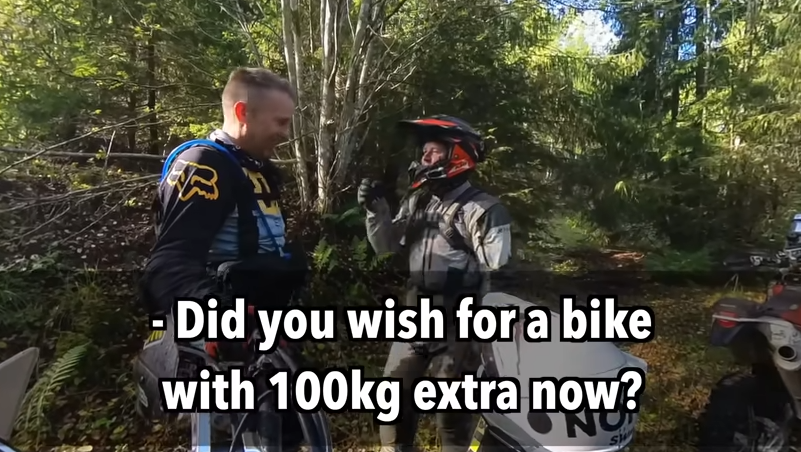
I asked Steve in that video, “Did you ever feel like you wanted a bike that weighed 100 kilos more?” The answer, of course, is a resounding no.
The weight difference is huge, especially when you’re still gaining experience. A lot of your energy, particularly in slow-speed off-road situations like sand or technical trails, goes into simply keeping a heavy bike upright.
The Weight Demonstration: Ténéré 700 vs. Lighter Bike
Let’s look at a quick demonstration to illustrate this. Imagine the Ténéré 700. It’s top-heavy, with a lot of weight carried up high. If you’re on a trail and the bike starts to lean, even just a little bit… once it reaches a certain point, you really feel the weight, and you’re struggling to keep it upright, even on tiptoes. And if it leans just a bit further, it starts to feel incredibly heavy, and down you go.
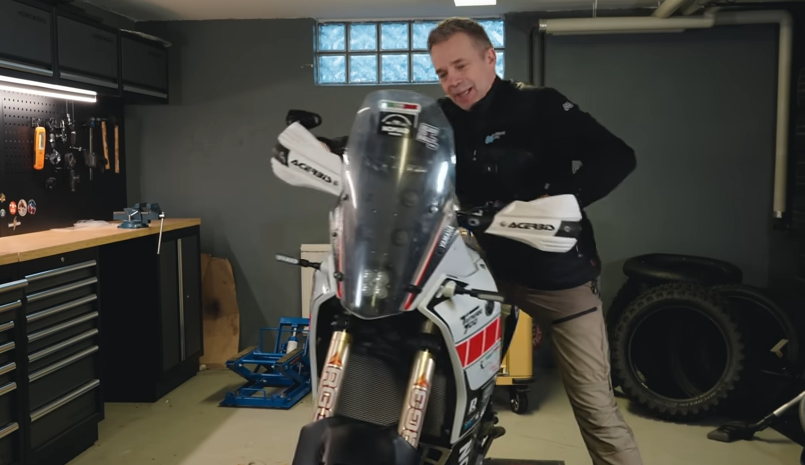
Now, compare that to a lighter bike. It’s a totally different story. Lower weight, lower center of gravity. If it starts to lean, you have so much more time and less effort required to correct it and keep it upright.
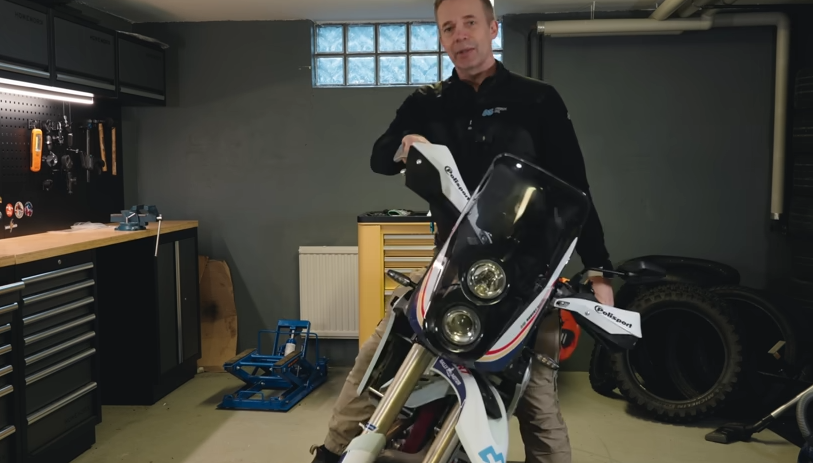
Dream Bikes vs. Practical Bikes: Following Your Heart (Within Reason)
So, is it possible to make the perfect “how to choose a bike” video? Honestly, no. It’s impossible to give a one-size-fits-all answer. If you have a dream bike – the bike you’ve been dreaming about for years – and now, after 40, you finally have the chance to get it, then maybe that’s the right bike for you, even if it’s not the objectively “best” choice on paper.
Sometimes, the goal is simply to own and ride that dream bike. Go for it.
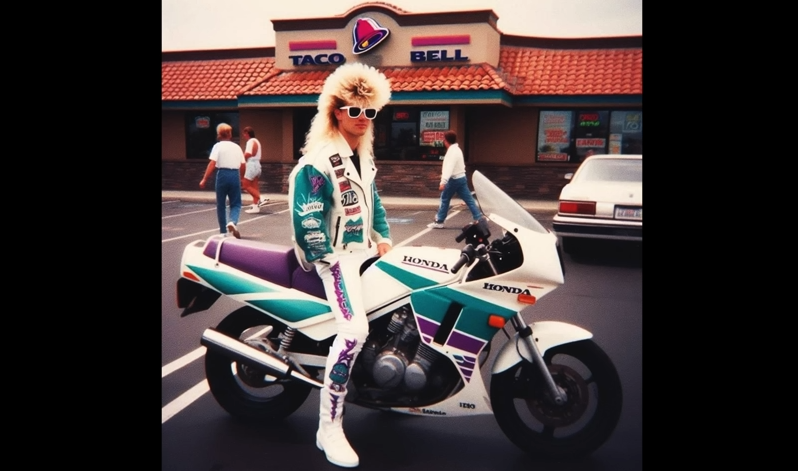
I’m definitely someone who chooses bikes with my heart, or maybe my “influenced” heart! And as you start riding, you’ll begin to discover what kind of rider you actually are. You might have different ideas about your riding style before you start compared to what you realize once you get some miles under your belt.
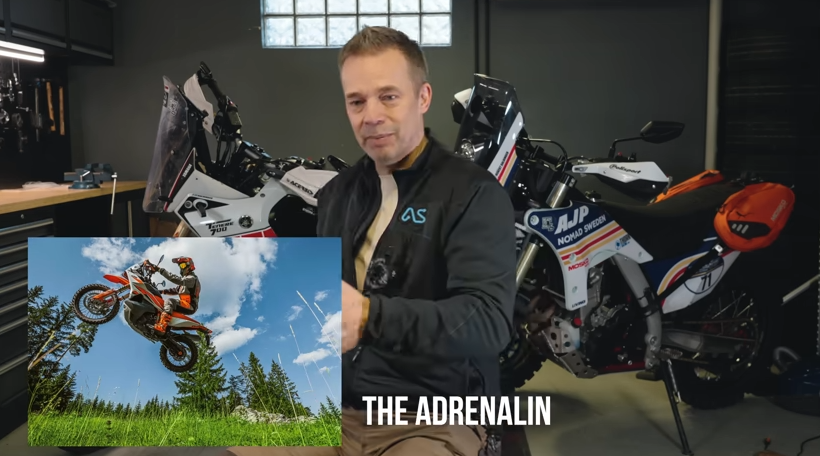
So, be open to changing your opinions and preferences as you gain experience. Make your best effort to choose a good first bike to start with, but be prepared to potentially sell it and get something different later – maybe smaller, maybe bigger, maybe more comfortable, depending on what you learn about your own riding.
Learning by Doing: The Alaska to New Zealand Example
A great example of this “learn as you go” approach is a YouTube channel I’ve been following called Una Moto. It’s about a guy who just got his motorcycle license, bought a bike, made a few modifications, and is now riding from Alaska to New Zealand on that bike. He’s learning and adapting as he goes, encountering all sorts of challenges along the way.
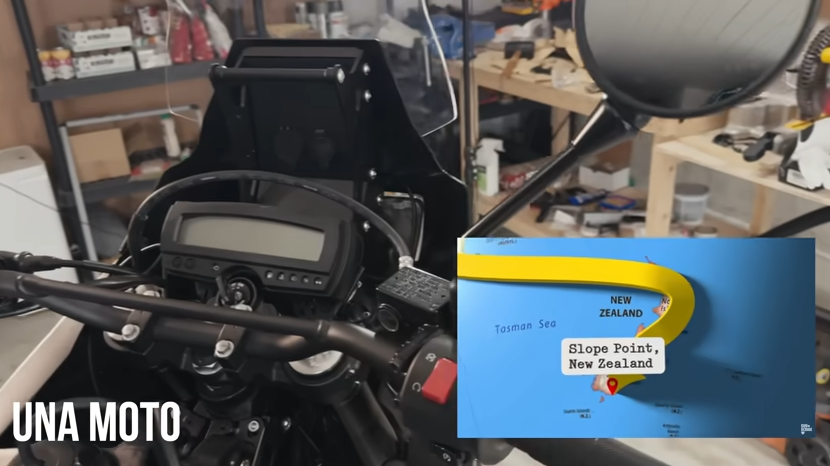
While you might not be planning a round-the-world trip, watching his journey can be really insightful. You can see the kinds of situations he gets into and how he deals with them. It’s a great way to learn and get inspired.
Final Thoughts: Start Riding and Join the Conversation
So, that’s my perspective as someone who started adventure riding a bit later in life. I’m not sure if I’ve made you any smarter with all of this, but hopefully, it’s given you some things to think about. And remember, there are tons of experienced riders in the comments section who can offer their own recommendations and advice.
If you do end up getting a bike, please share your experience in the comments. Join the discussion. And I’ll continue to produce more content on bike choices, riding skills, and everything else related to starting adventure riding after 40.
Related

Best Electric Motorcycles of 2025 – A Rider‑Focused Guide
Discover the best electric motorcycles of 2025—street, dirt, and dual-sport rides with real power, long range, and instant torque thrills.

